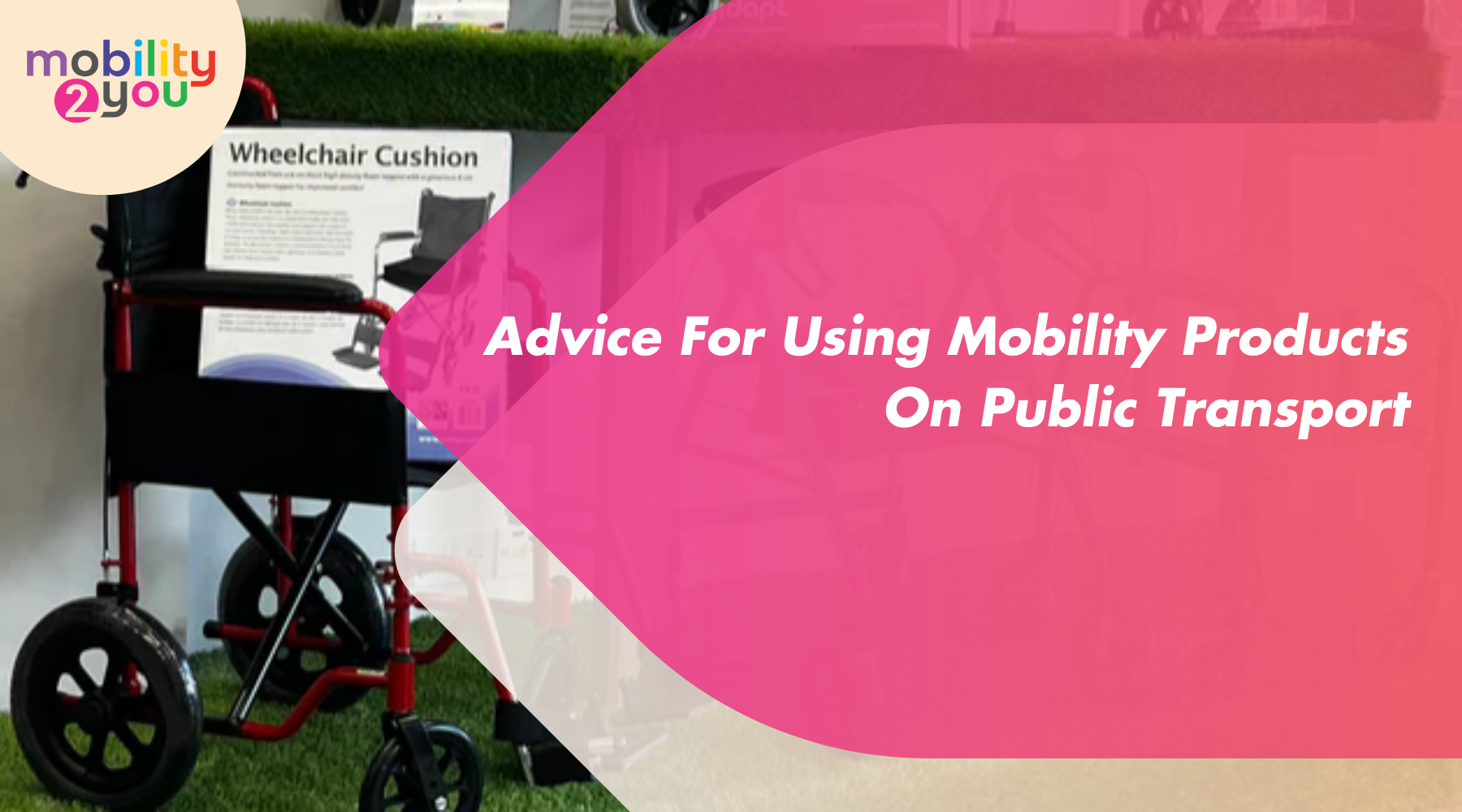In today's fast-paced world, public transportation serves as a lifeline for millions of individuals. For those relying on mobility aids such as wheelchairs, crutches, or mobility scooters, navigating public transit can present unique challenges. However, with the right knowledge and preparation, traveling on trains and buses can be made much smoother and more accessible. In this article, we'll explore essential advice for utilizing mobility products on public transport, ensuring a safe and stress-free journey for everyone.
-
Plan Ahead: Before embarking on your journey, take the time to plan your route thoroughly. Research the accessibility features of the stations or stops you'll be using, including ramps, elevators, or designated areas for mobility devices. Many public transit websites or apps provide detailed accessibility information, allowing you to anticipate any potential obstacles ahead of time.
-
Know Your Rights: Familiarize yourself with your rights as a passenger with a mobility aid. In many regions, transportation providers are legally required to accommodate individuals with disabilities, including those using wheelchairs, crutches, or mobility scooters. Understanding your rights can empower you to advocate for yourself if you encounter any accessibility issues during your journey.
-
Be Mindful of Others: While using public transport, it's essential to be considerate of fellow passengers. If you're traveling with a mobility scooter or wheelchair, try to position yourself in designated areas or priority seating whenever possible. Additionally, be mindful of space constraints and avoid blocking aisles or doorways with your device.
-
Secure Your Mobility Device: When boarding a bus or train, ensure that your mobility device is securely positioned and properly secured. Many transit vehicles are equipped with designated wheelchair or scooter securement areas equipped with straps or restraints to keep devices in place during transit. Utilize these features to ensure your safety and the safety of others on board.
-
Stay Informed: Pay attention to announcements or signage regarding upcoming stops or route changes. Knowing when to expect your destination can help you navigate the transit system more effectively and reduce stress during your journey. Additionally, stay informed about any service disruptions or delays that may affect your travel plans, allowing you to adjust accordingly.
-
Be Prepared for Assistance: While many individuals using mobility aids are independent travelers, it's essential to be open to accepting assistance when needed. Transit operators and fellow passengers are often willing to lend a helping hand if you encounter challenges during your journey. Don't hesitate to ask for assistance if you need it, whether it's boarding the vehicle or navigating through crowded spaces.
-
Advocate for Accessibility: If you encounter accessibility barriers or encounter difficulties while using public transport, don't hesitate to speak up. Providing feedback to transportation providers can help identify areas for improvement and ensure that future services are more inclusive and accessible to all passengers. Your input can contribute to positive changes that benefit the entire community.
Conclusion
Navigating public transport with mobility aids such as
wheelchairs, crutches, or mobility scooters doesn't have to be daunting. By planning ahead, knowing your rights, and staying informed, you can confidently travel on trains and buses while ensuring your safety and comfort. Remember to be considerate of others, secure your mobility device properly, and don't hesitate to seek assistance when needed. By following these tips, you can make your journey on public transport a smooth and enjoyable experience.
